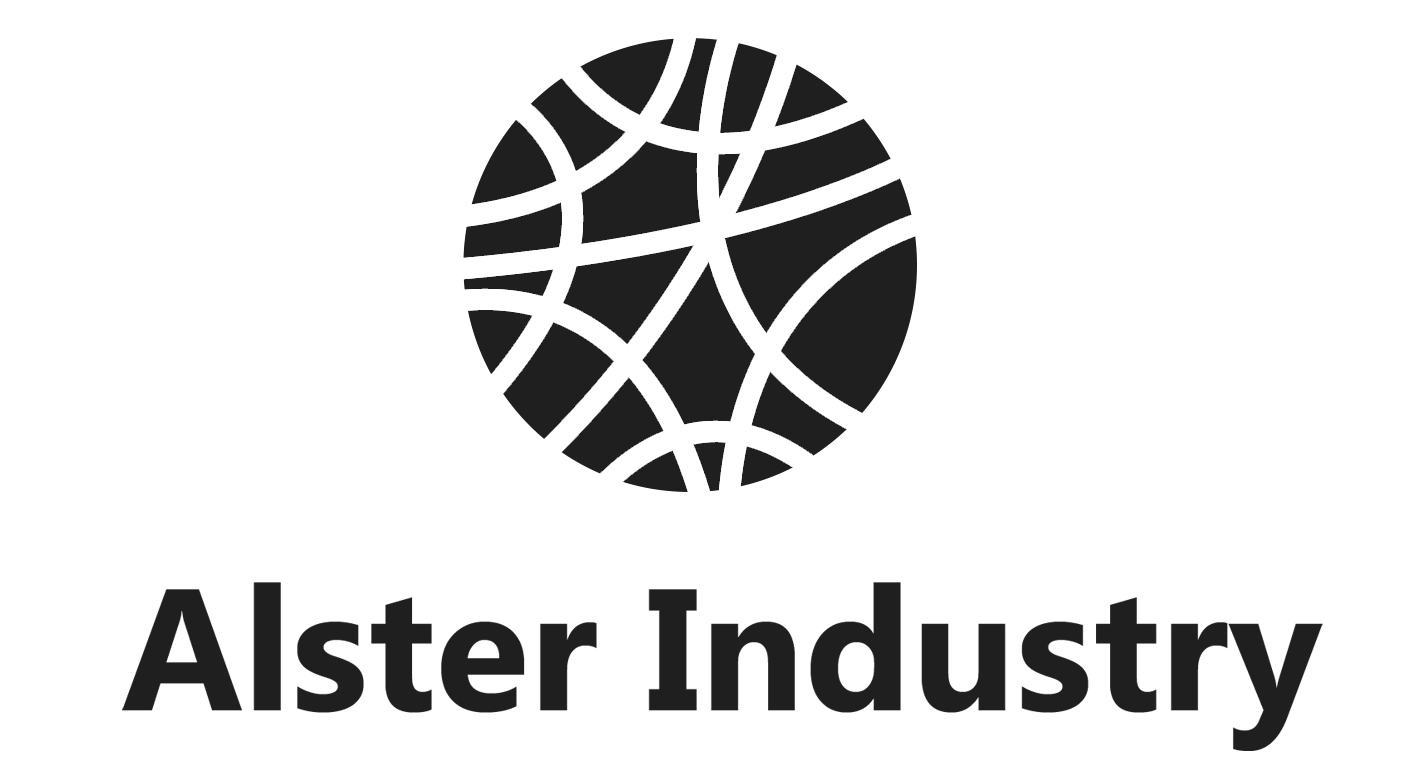In the modern manufacturing and packaging industries, adhesives play a crucial role in bonding materials efficiently and securely. Among various types of adhesives, the hot melt adhesive sheet has gained significant popularity due to its convenience, versatility, and environmental benefits. In this article, we will explore what a hot melt adhesive sheet is, its advantages, types, common applications, and how it compares to other adhesive formats like hot melt glue sheets or hot melt sticks.
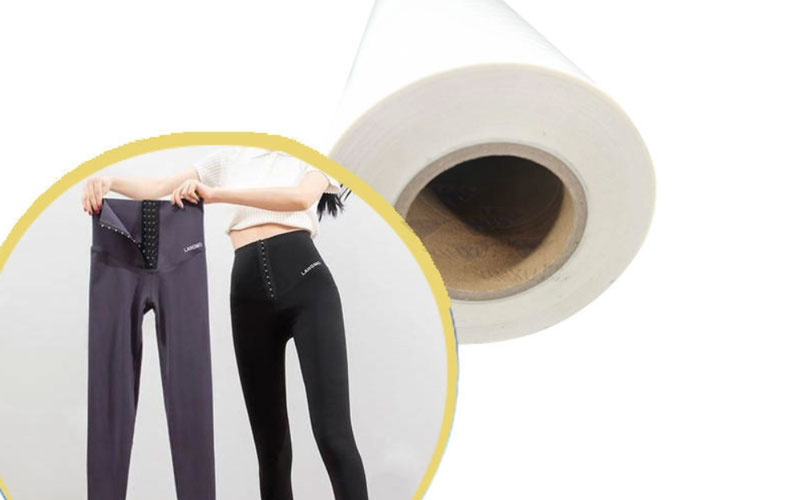
What is a Hot Melt Adhesive Sheet?
A hot melt adhesive sheet is a solid adhesive material formed into thin, flat sheets that can be cut to size and applied to various surfaces. Unlike traditional liquid adhesives, hot melt adhesive sheets are solid at room temperature and require heating to activate their bonding properties.
When heated, the sheet melts, becoming a tacky liquid that can bond two substrates together upon cooling and solidification. This state-change feature allows for fast setting times and strong, durable bonds.
Hot melt adhesive sheets are typically made from thermoplastic polymers, which can include ethylene-vinyl acetate (EVA), polyurethane, polyamide, or polyester blends, depending on the specific bonding requirements.
Hot Melt Sheet vs. Hot Melt Glue Sheets
You may also hear the term hot melt glue sheets, which generally refers to the same concept — adhesive sheets activated by heat. The terminology is often interchangeable. However, some industries may distinguish between “hot melt sheet” and “hot melt glue sheets” based on specific formulation or application nuances, but for most purposes, these terms describe the same product.
Why Use Hot Melt Adhesive Sheets?
There are several reasons why manufacturers and processors opt for hot melt adhesive sheets over other adhesive types:
1. Easy Handling and Storage
Unlike liquid adhesives, which may require precise mixing, pumps, or spray systems, hot melt adhesive sheets are easy to handle. They come in pre-cut or roll forms, eliminating mess and minimizing waste. Since the sheets are solid at room temperature, they have a long shelf life and no risk of evaporation or curing before use.
2. Precise Application
Sheets can be cut to exact sizes or shapes, allowing for precise adhesive placement. This is especially important for delicate or intricate bonding tasks where control over the adhesive amount is critical.
3. Fast Bonding and High Strength
Hot melt adhesives melt quickly and cool to form strong bonds within seconds to minutes, enhancing production efficiency. They provide excellent adhesion to a wide range of materials, including paper, plastics, textiles, and metals.
4. Environmental and Safety Benefits
Hot melt adhesive sheets are generally solvent-free and emit very low volatile organic compounds (VOCs), making them more environmentally friendly and safer to use compared to solvent-based adhesives.
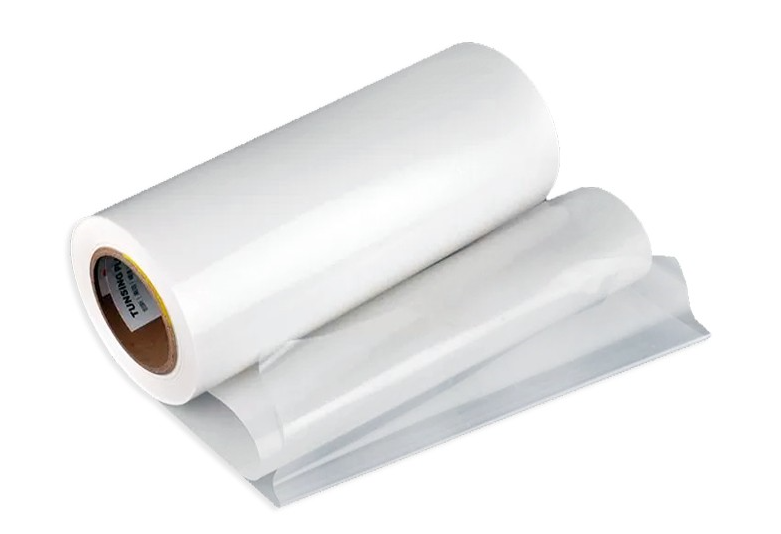
Types of Hot Melt Adhesive Sheets
Hot melt adhesive sheets come in various formulations tailored for specific bonding needs:
1. Ethylene-Vinyl Acetate (EVA) Based Sheets
EVA is the most common polymer used in hot melt sheets. It offers good flexibility, adhesion, and resistance to moisture. EVA sheets are widely used in packaging, bookbinding, and lamination.
2. Polyurethane-Based Sheets
Polyurethane hot melt sheets provide excellent heat resistance and strong bonding to difficult substrates like rubber or metal. They are common in automotive and industrial applications.
3. Polyamide-Based Sheets
Polyamide sheets offer superior heat and chemical resistance, ideal for heavy-duty bonding and outdoor applications.
4. Polyester-Based Sheets
These sheets are used when high strength and elasticity are required, often in textile lamination.
5. Specialty Hot Melt Sheets
Some hot melt sheets are modified with additives to enhance properties such as fire resistance, UV stability, or flexibility.

Common Applications of Hot Melt Adhesive Sheets
The versatility of the hot melt adhesive sheet makes it suitable for a wide range of applications across industries.
1. Packaging Industry
Hot melt adhesive sheets are widely used in carton sealing, box assembly, and blister packaging. They provide quick, strong seals with clean edges, improving packaging efficiency.
2. Bookbinding and Paper Industry
In bookbinding, adhesive sheets are used to bind pages and cover materials with precision. They prevent messiness associated with liquid glues and allow for faster production.
3. Textile and Apparel Industry
Hot melt adhesive sheets are used in bonding fabrics, interfacing, and laminating layers in garments. They help improve durability without adding bulk or stiffness.
4. Automotive Industry
Many automotive parts, such as interior panels and trim, use hot melt sheets for bonding. Their heat resistance and strong adhesion make them ideal for vehicle manufacturing.
5. Electronics Industry
Hot melt adhesive sheets help bond components without damaging sensitive electronics. Their solvent-free nature is an advantage in electronic assembly.
6. Construction and Furniture
Used for laminating wood veneers, bonding insulation panels, or attaching decorative elements, hot melt adhesive sheets provide clean and durable adhesion.
How to Use Hot Melt Adhesive Sheets?
Using a hot melt adhesive sheet typically involves these steps:
Cut the Sheet – Cut the adhesive sheet to the desired size or shape according to the bonding area.
Heat the Sheet – Heat the sheet using a hot press, iron, or industrial heating machine until it melts and becomes tacky.
Apply to Surface – Position the molten adhesive on one substrate or between two substrates to be bonded.
Press and Cool – Apply pressure and allow the adhesive to cool and solidify, forming a strong bond.
This process is straightforward and suitable for automated or manual bonding operations.
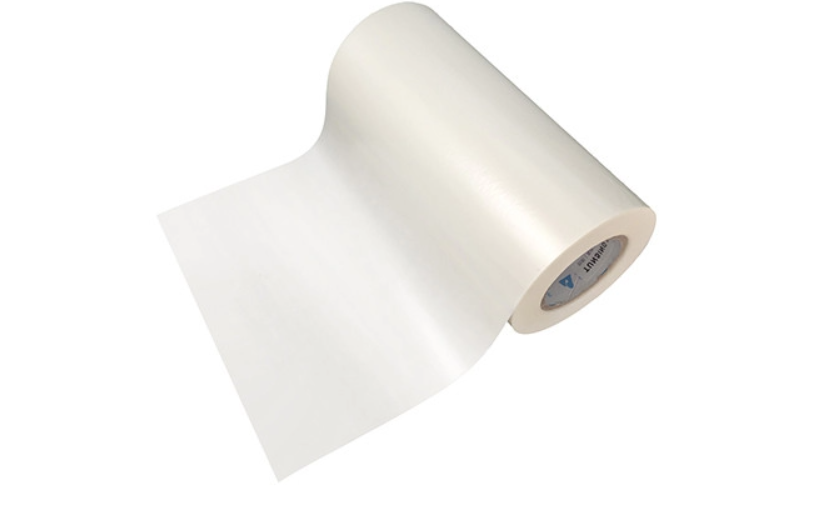
Hot Melt Adhesive Sheet vs. Hot Melt Glue Sticks and Pellets
Hot melt adhesives are commonly available not only as sheets but also as sticks and pellets. Here’s a quick comparison:
| Feature | Hot Melt Adhesive Sheet | Hot Melt Glue Sticks | Hot Melt Pellets |
|---|---|---|---|
| Form | Flat, thin sheets | Cylindrical sticks | Small granular pellets |
| Handling | Easy to cut and place | Requires glue gun | Requires specialized equipment |
| Application Control | Precise due to sheet shape | Less precise, melts on demand | Requires melting and dosing |
| Waste | Minimal | Some waste from excess glue | Depends on dosing system |
| Best For | Flat, uniform surfaces, lamination | Spot bonding, small projects | Large scale industrial use |
Each type has advantages depending on the production scale and bonding requirements.
Advantages of Hot Melt Adhesive Sheet Over Other Adhesives
No solvents: Solvent-based adhesives can emit harmful VOCs and require ventilation; hot melt sheets are environmentally safer.
Faster bonding: Hot melt sheets cool and set rapidly, reducing cycle time.
Cleaner application: Sheets reduce mess and cleanup compared to liquid glues.
Versatility: Bonds to a variety of materials.
Storage stability: Long shelf life at room temperature.
Challenges and Considerations
While hot melt adhesive sheets are highly versatile, some challenges include:
Equipment requirements: Heating and pressing equipment is necessary for activation.
Heat sensitivity: Substrates must tolerate the heat used to melt the adhesive.
Thickness control: Uniform sheet thickness is important for consistent bonding.
Bond strength: Needs to be matched with the right adhesive formulation for the specific materials.
Environmental Impact and Sustainability
The demand for eco-friendly adhesives has increased, and hot melt adhesive sheets contribute positively due to their solvent-free nature. Many manufacturers also offer recyclable or biodegradable hot melt sheets to reduce environmental footprint.
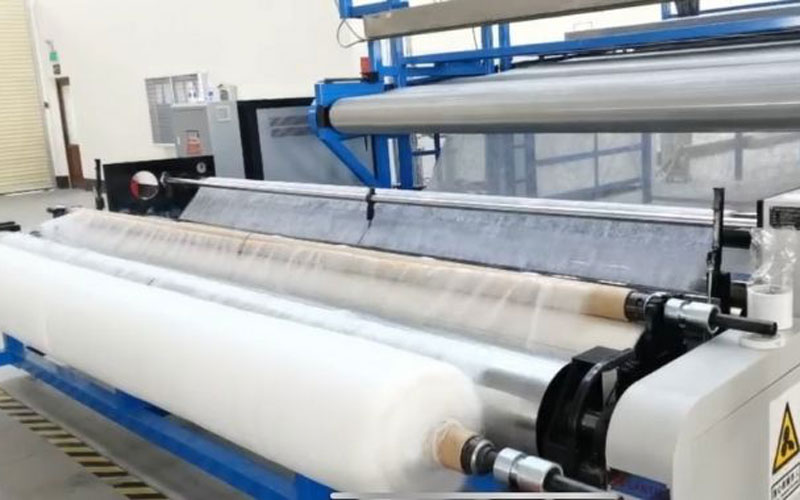
Future Trends in Hot Melt Adhesive Sheets
The hot melt adhesive industry is evolving with advances in polymers and technology:
Bio-based hot melt sheets: Made from renewable resources.
Smart adhesives: Sheets with stimuli-responsive bonding properties.
Improved recyclability: Adhesives designed for easy separation and recycling.
Automation compatibility: Sheets engineered for seamless integration into robotic manufacturing.
Conclusion
In summary, the hot melt adhesive sheet is a versatile, efficient, and clean adhesive solution widely used across various industries. It offers numerous advantages over traditional liquid adhesives and other hot melt forms like glue sticks or pellets. Whether you are in packaging, textile, automotive, or electronics manufacturing, hot melt adhesive sheets can provide precise, strong bonds with minimal waste and environmental impact.
If you want to explore how hot melt adhesive sheets can improve your production process or need customized adhesive solutions, feel free to reach out to experts or suppliers specializing in hot melt technology. With the right adhesive sheet and application method, you can enhance your product quality and manufacturing efficiency.
